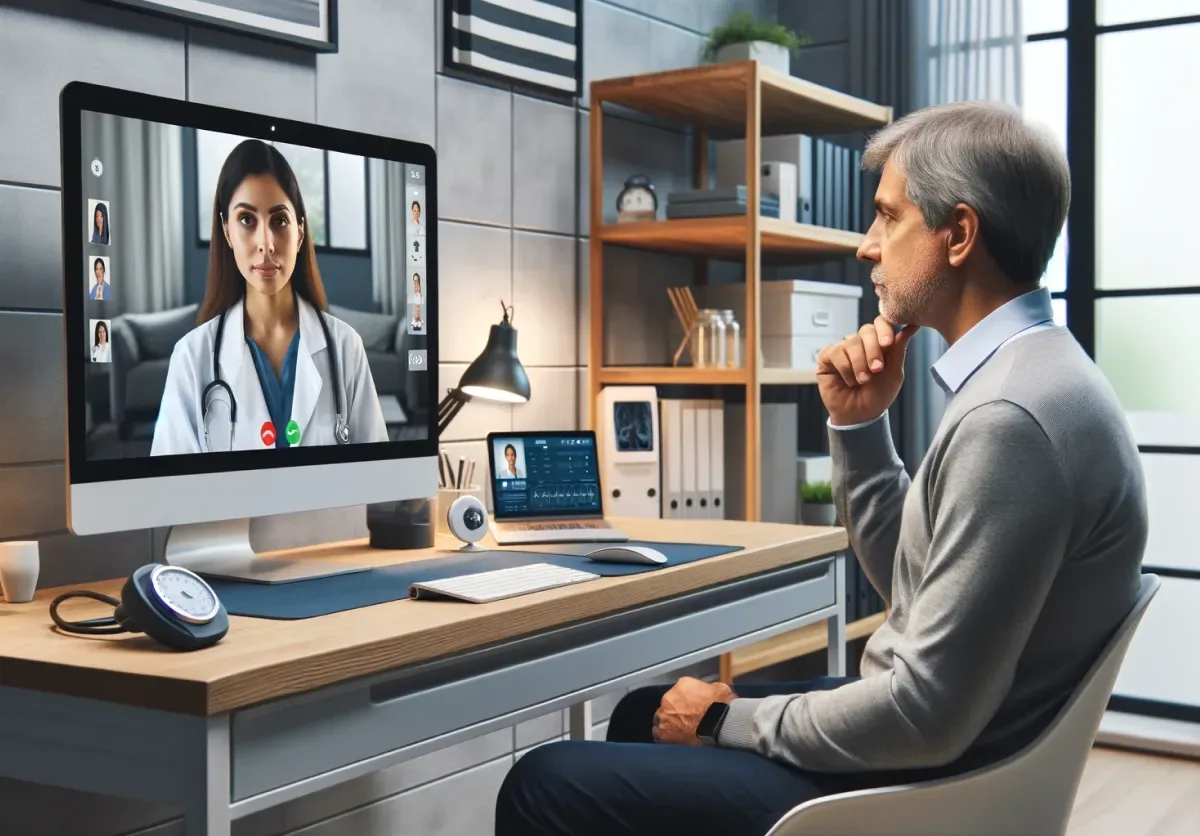
Revolutionizing Healthcare: Telemedicine Trends and Future Prospects in 2025
In recent years, telemedicine has emerged as a transformative force in the healthcare industry. As we step into 2025, it is evident that telemedicine has become an integral part of global healthcare systems. This article explores the latest trends, innovations, and future prospects of telemedicine while highlighting its potential to shape the future of healthcare delivery.
The Growth of Telemedicine in 2025
Telemedicine has experienced exponential growth, driven by advancements in technology, increased internet penetration, and the aftermath of the COVID-19 pandemic. In 2025, telemedicine is no longer a niche solution but a mainstream healthcare service embraced by patients and providers alike.
Key Factors Driving Telemedicine Growth:
- Technological Advancements: Enhanced video conferencing platforms, artificial intelligence (AI), and wearable devices have improved the accessibility and quality of virtual consultations.
- Government Policies and Support: Many governments have introduced policies to encourage telemedicine adoption, including reimbursement programs and relaxed regulations.
- Rising Patient Demand: Patients appreciate the convenience of virtual consultations, which save time and eliminate the need for travel.
- Healthcare Provider Adoption: Clinics and hospitals are integrating telemedicine into their services to expand their reach and enhance patient care.
Telemedicine Trends in 2025
The telemedicine landscape in 2025 is marked by several innovative trends that are redefining how healthcare is delivered. Here are some of the most prominent trends:
1. AI-Powered Telemedicine
Artificial intelligence is revolutionizing telemedicine by enabling more accurate diagnoses, personalized treatment plans, and predictive analytics. AI-powered chatbots assist in triaging patients, answering common questions, and providing initial consultations.
2. Remote Patient Monitoring (RPM)
Wearable devices and IoT-enabled sensors allow healthcare providers to monitor patients’ vital signs in real-time. RPM is particularly beneficial for managing chronic conditions like diabetes, hypertension, and heart disease.
3. Expansion of Telepsychiatry
Mental health services have seen a significant boost through telepsychiatry, providing accessible care to individuals in remote or underserved areas. Virtual therapy sessions and AI-driven mental health apps are making mental healthcare more inclusive.
4. Blockchain in Telemedicine
Blockchain technology is enhancing data security and patient privacy. It ensures secure sharing of electronic health records (EHRs) and builds trust among patients and providers.
5. Virtual Reality (VR) and Augmented Reality (AR)
VR and AR are being used for tele-rehabilitation, medical training, and patient education. These technologies create immersive experiences that enhance the quality of care and training.
6. Integration with Smart Home Devices
Smart home devices, such as voice-activated assistants and health-monitoring gadgets, are becoming key components of telemedicine. These devices allow patients to manage their health seamlessly from home.
7. Multilingual Telemedicine Platforms
In a globalized world, multilingual telemedicine platforms are bridging language barriers, making healthcare accessible to non-native speakers.
Future Prospects of Telemedicine
The future of telemedicine looks promising, with immense potential to reshape the healthcare industry. Here are some predictions for the coming years:
1. Universal Healthcare Access
Telemedicine is poised to bridge the gap between urban and rural healthcare, ensuring universal access to quality medical services.
2. Preventive Healthcare Focus
With advancements in AI and RPM, telemedicine will focus more on preventive care, identifying health risks before they escalate.
3. Global Collaboration
Telemedicine platforms will facilitate cross-border consultations, enabling patients to access specialized care from international experts.
4. Enhanced Patient Engagement
Interactive platforms and AI-driven tools will engage patients more effectively, empowering them to take charge of their health.
5. Reduced Healthcare Costs
By minimizing hospital visits and optimizing resource utilization, telemedicine can significantly reduce healthcare costs for patients and providers.
Challenges and Solutions
While telemedicine offers numerous benefits, it also faces challenges such as:
- Digital Divide: Limited internet access in rural areas can hinder telemedicine adoption. Solutions include investing in infrastructure and offering offline services.
- Regulatory Hurdles: Differing regulations across regions can complicate telemedicine implementation. Harmonizing policies and standards is essential.
- Data Security Concerns: Protecting patient data is crucial. Blockchain and advanced encryption technologies can address these concerns.



 DailyMediCure
DailyMediCure 









